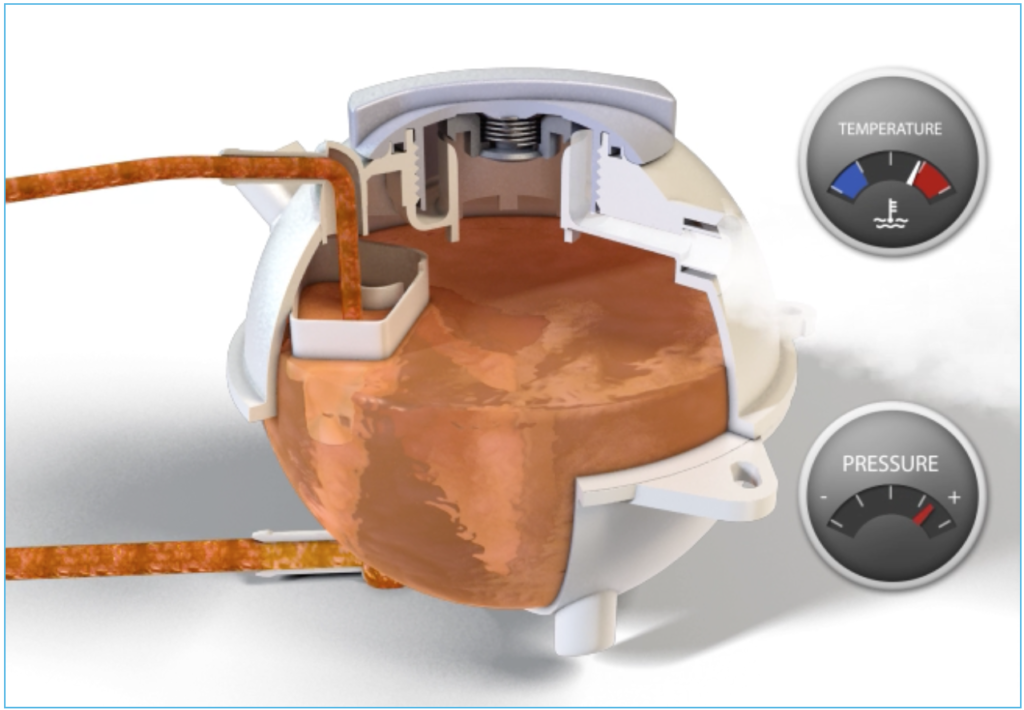How The Engine Cooling System Works
“Part 1” The Expansion Tank
In the engine cooling system, the expansion tank is usually made of plastic and is used to trap the expanding coolant. Normally installed in such a way that it is mounted to represent the highest point in the cooling system.
The expansion tank is normally transparent to allow the coolant level to be visually checked, with “minimum” and “maximum” markings. In addition, an electronic level sensor might also be installed with some vehicles.

Pressure compensation in the cooling system is achieved by means of a valve in the cap of the expansion tank. Method of operation: An increase in coolant temperature leads to an increase in pressure in the cooling system. With this increase in pressure the coolant then expands. It is with this increase in pressure the expansion tank that then opens the pressure control valve in the cap and allows air to escape.

When the engine coolant temperature is normalised, a vacuum is created. Coolant is then sucked back out of the bottle. This in turn creates a vacuum in the bottle. As a result, the vacuum compensation valve in the lid of the expansion tank is opened. Air flows into the tank until the pressure is equalized.
A Failure Can Make Itself Noticeable As Follows:
- Loss of coolant (leak) at various system components or the engine cooling expansion tank itself
- Increased coolant and/or engine temperature
- Expansion tank or other system components are cracked/burst
Causes For Failure could include:
- Excess pressure in the cooling system on account of a faulty valve in the cap
- Material fatigue
- Other component failure which could include: Coolant Pump, Thermostat, Coolant Radiator, Radiator Fan, Visco Fan, Heater Valve, Interior Heat exchanger, Interior Fan, Coolant shut-off valve. We take a look at these other engine parts individually, in future parts of the engine cooling series.
To correctly diagnose any engine coolant system issues such as leaks or overheating, AutoAdvisor always recommend that you contact a fully qualified mechanic or garage.
* Written with help from the MAHLE technical messenger *


